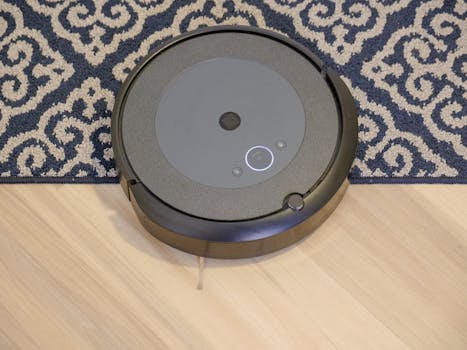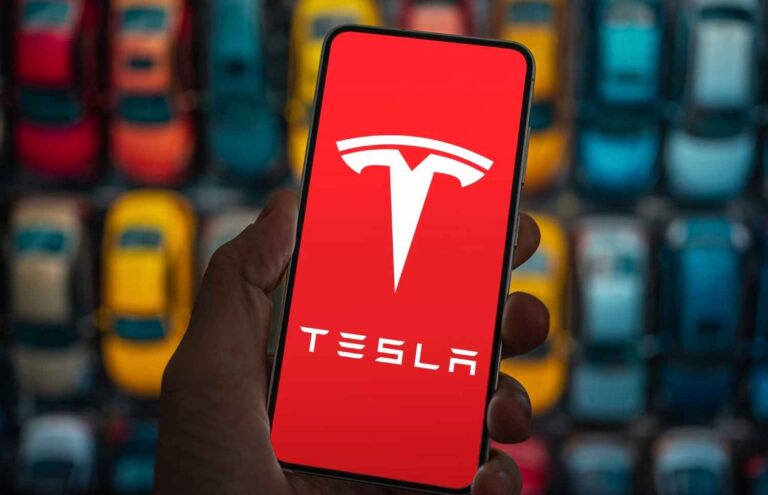
Smart Homes and Smart Living: The Technological Transformation of European Homes by 2025
Smart Homes and Smart Living is revolutionizing the way Europeans live in their homes. With the advent of smart technology, homes are becoming more efficient, comfortable, and secure. By 2025, it is expected that the majority of European homes will be equipped with smart devices and systems, transforming the way people live, work, and interact with their living spaces.
Introduction to Smart Homes
A smart home is a residence that has been equipped with advanced technology to provide occupants with a more comfortable, convenient, and secure living experience. Smart homes often feature automated systems that control lighting, temperature, entertainment, and security, among other functions. These systems can be controlled remotely through smartphones, tablets, or voice commands, allowing homeowners to manage their living spaces with ease.
Benefits of Smart Homes
The benefits of smart homes are numerous. Some of the most significant advantages include:
- Energy efficiency: Smart homes can optimize energy consumption by automatically adjusting lighting, temperature, and other systems to minimize waste.
- Improved security: Smart homes can be equipped with advanced security systems that detect intruders, alert homeowners, and provide real-time video footage.
- Enhanced convenience: Smart homes can be controlled remotely, allowing homeowners to manage their living spaces with ease, even when they are not physically present.
- Increased comfort: Smart homes can be programmed to adjust temperature, lighting, and entertainment systems to create a comfortable and relaxing living environment.
Technological Transformation of European Homes
By 2025, the European home is expected to undergo a significant technological transformation. Some of the key trends that will drive this transformation include:
- Internet of Things (IoT): The IoT will play a crucial role in the development of smart homes, enabling devices and systems to communicate with each other and with the outside world.
- Artificial intelligence (AI): AI will be used to analyze data from smart devices and systems, providing homeowners with insights and recommendations to optimize their living experience.
- 5G networks: The rollout of 5G networks will provide the high-speed connectivity necessary to support the widespread adoption of smart home technology.
- Smart speakers: Smart speakers, such as Amazon Alexa and Google Home, will become increasingly popular, allowing homeowners to control their living spaces with voice commands.
Conclusion
In conclusion, Smart Homes and Smart Living is transforming the European home, providing a more comfortable, convenient, and secure living experience. By 2025, the majority of European homes will be equipped with smart devices and systems, driven by technological advancements such as the IoT, AI, 5G networks, and smart speakers. As the smart home market continues to evolve, we can expect to see even more innovative solutions that enhance the living experience and improve efficiency.






